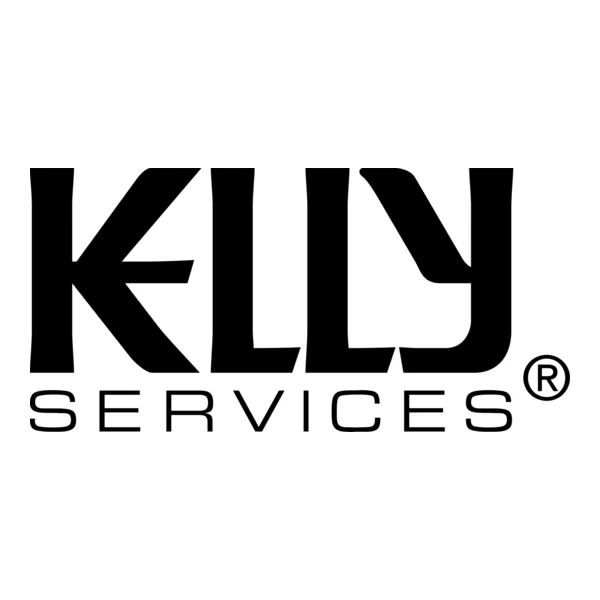Another quarter, another flurry of corporate press releases announcing industry accolades. This week, it’s Kelly Services, a legacy name in the staffing world, with news that Kelly earns double honors in 2025 staffing leadership rank from Everest Group’s 2025 PEAK Matrix® Assessment. The company was named both a “Leader” and a “Star Performer” in business professional and industrial staffing.
On the surface, this is standard corporate fare. A company pays for a research subscription, gets a favorable ranking, and issues a press release. It’s a well-worn cycle. But when you start to parse the specifics, a more interesting signal begins to emerge from the noise. Being named a “Leader” for the third straight year is predictable for a firm of Kelly’s scale and market tenure. It essentially means they are big and established.
The designation that caught my analytical eye, however, is “Star Performer.” In the lexicon of these industry matrices, that term isn’t about static position; it’s about velocity. It signifies the greatest positive year-over-year movement on the chart. So, the data isn't just telling us Kelly is a major player. It's telling us it's accelerating faster than its direct competitors. What, precisely, is fueling that acceleration? And is it sustainable?
The core of Kelly’s recent success appears to be a deliberate, and likely arduous, pivot away from the traditional body-shop model of contingent staffing. For decades, the industry’s primary function was transactional: a client needs a temporary accountant, the agency provides one, a margin is collected. It’s a simple, low-margin, and highly commoditized business. The Everest Group report suggests Kelly is systematically moving up the value chain.
The key lies in their emphasis on outcome-based managed services, particularly through their Skilled Professional Solutions (SPS) division. This is the shift from providing personnel to delivering a finished product via a statement-of-work (SOW) or a business process outsourcing (BPO) arrangement. Think of it like this: the old model is akin to selling a box of raw ingredients to a restaurant. The new model is like being the chef who guarantees a perfectly cooked, five-course meal delivered to the table on time. The latter commands a higher price, requires deeper expertise, and creates a much stickier client relationship. Why would a client go back to buying ingredients when they can have a guaranteed outcome?
This strategy is particularly effective in the complex, high-stakes industries Kelly is now targeting—semiconductors, renewable energy, and advanced manufacturing. These sectors don’t just need bodies; they need integrated teams to execute specific, project-based work with measurable results. Under the leadership of Group President Tammy Browning, Kelly appears to have successfully re-engineered its service delivery to meet this demand. The company isn’t just filling seats anymore; it’s managing entire functions. That’s a fundamentally different business.

And this is the part of the report that I find genuinely compelling. I’ve analyzed dozens of legacy service companies attempting this exact pivot, and the graveyard of failed transformations is vast. It requires a complete overhaul of talent acquisition, project management, and sales incentives. The fact that an incumbent like Kelly (founded in 1946) is not only attempting this but getting recognized for its market-leading velocity suggests the strategy is gaining real traction. The question is, how much of this is driven by strategy versus the technology that underpins it?
The second pillar of this acceleration is, unsurprisingly, technology. The press release is filled with the usual buzzwords—AI, automation, digital transformation—but the specifics point to a coherent operational strategy. The development of proprietary platforms like Kelly Now, which integrates branch support with centralized digital access, creates a unified ecosystem for both candidates and clients. This isn't just about a slicker user interface. It’s about building a data-driven operational backbone.
By automating processes like e-sign onboarding and self-scheduling, the company reduces transactional friction and frees up its human recruiters to focus on higher-value tasks. The real prize, however, is the data. Real-time analytics dashboards that provide clients with compliance and visibility metrics are no longer a nice-to-have; they are a competitive necessity. This tech stack does more than just improve efficiency; it creates a moat. The more integrated a client becomes with Kelly’s platform, the higher the switching costs.
The numbers they report are significant. The company connects more than 400,000 people with work annually—to be more precise, the release states "more than 400,000," an important clarification that implies a floor, not an absolute figure. Managing this scale efficiently is impossible without a robust, scalable technology infrastructure. The dual “Leader” and “Star Performer” status across all four of Everest Group’s US staffing assessments (including IT and engineering) is a strong indicator that this tech-centric approach is being applied horizontally across the entire organization.
Of course, one must always be skeptical of the methodologies behind these industry rankings. Everest Group lists seven evaluation factors (vision, strategy, technology, etc.), but the precise weighting and data inputs remain a black box to outsiders. Is this a truly objective measure of market outperformance, or is it part of a self-reinforcing marketing ecosystem for consultants and corporations? Without access to the raw assessment data, it’s impossible to say for sure. But even with that caveat, a company being the only one to sweep the top categories is a data point that can't be entirely dismissed.
Ultimately, the Everest Group awards aren't the story. They are a lagging indicator. The real story is the difficult, multi-year transformation of a legacy industrial-era firm into a tech-enabled, solutions-oriented enterprise. The "Star Performer" designation this year is likely the result of strategic investments and operational changes made two, three, or even five years ago. What we're seeing is the public validation of a long-term bet. Kelly is demonstrating that it's possible to evolve from a transactional commodity provider into a strategic partner, and in doing so, it’s writing a playbook that every other legacy service firm should be studying very, very closely. The trophies are nice, but the underlying business model transformation is what truly matters.